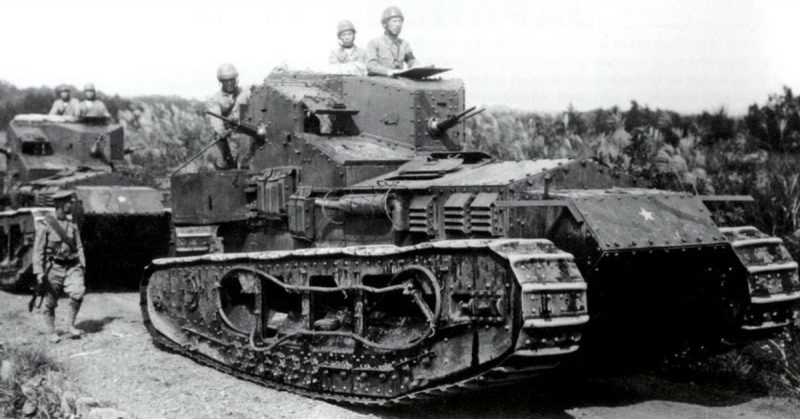The infantry was routed in the engagement, and a number even surrendered to the tanks.
The British tank most commonly associated with World War One is the large, cumbersome, lozenge-shaped MKI-V heavy tank. However, the British tank which caused the most casualties in World War One was actually the Medium Mark A, better known as the Whippet.
William Tritton, the man who designed the British Mark I tank, was actually a designer of agricultural machinery, but his knowledge of vehicles which used tracks made him a natural choice for the design of heavy tanks.
However, even as the first heavy tanks were going into production, it was realized that there was also a need for a lighter, faster tank with longer range which would be capable of performing the role previously given to cavalry of exploiting any breakthrough in the enemy front line.
In February 1917, the first prototype of a new medium tank was ready for evaluation. It used tracks, just like the Mark I, but these ran on rollers which projected from the sides of the new tank rather than running all round the body as on the Mark I.
However, just like the heavy tanks, the new medium tank had no suspension at all which severely limited cross-country performance.
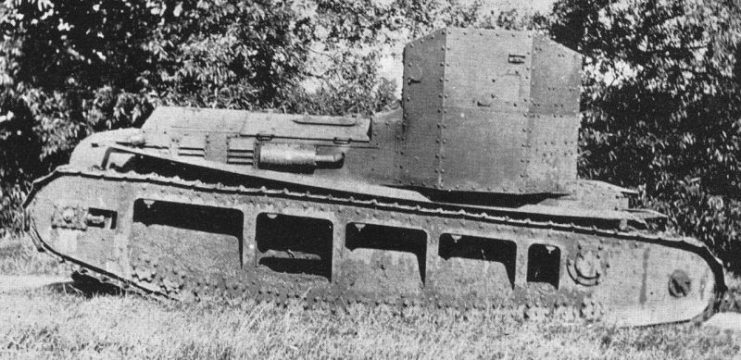
The first prototype had a revolving turret taken from an Austin armored car which made it look very similar to modern tank designs. But for the production version, it was decided to build the new tank with a simpler fixed, armored, polygonal superstructure large enough to house three crew: The Commander, the Driver, and a single Gunner.
Because the new tank was intended to exploit an existing break in the front lines, it was decided that it wouldn’t need a cannon like most of the heavy tanks. Instead, it was to be armed with Hotchkiss .303 inch Mark 1 machine guns, each provided with over 5,000 rounds of ammunition.
The machine guns were placed in four mounts: one facing forward, one back, and one to either side. Normally, three crew members were carried and the tank could mount four machine guns. However, if an extra gunner was included, only three machine guns were carried, but these could be placed in any of the four gun mounts.
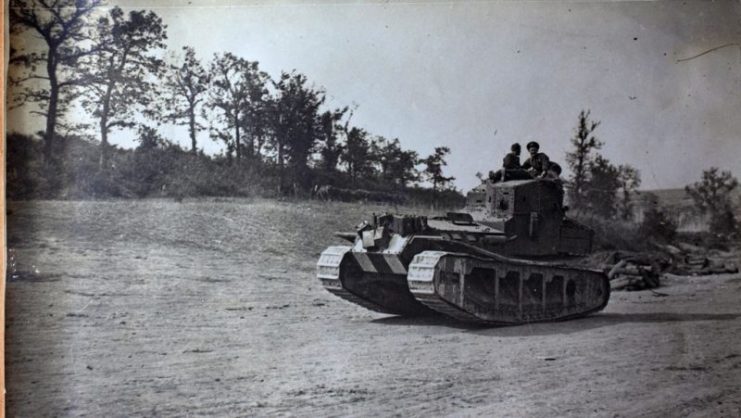
Early trials proved that the new tank met all the War Office requirements – it was around half the weight of the Mark IV then entering service (14 tonnes for the Mark A compared to 28 tonnes for the Mark IV), it was faster (8.3 mph compared to 3.7) and it had greater combat range (80 miles compared to 35 miles).
The fearsome speed of the new tank led to the adoption of the name by which it would generally become known – Whippet (a Whippet is a slim, agile English hunting dog). An order for two hundred of the new tanks, formally designated the Medium Tank Mark A, was placed in March 1917.
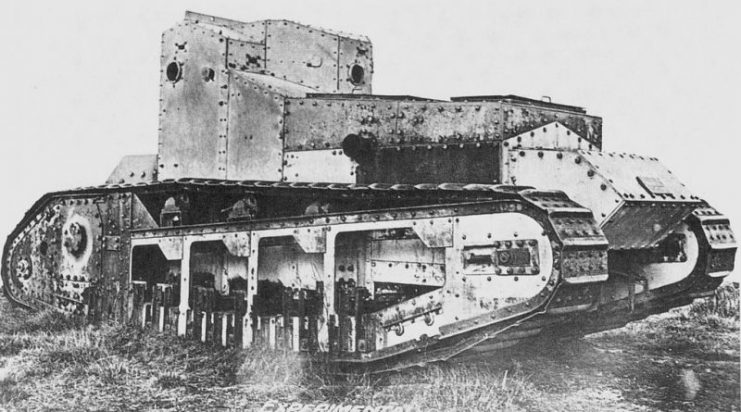
The first Whippets began to arrive on the front line in Flanders around December 1917. Production had taken a little longer than anticipated, partly due to the novel and complex drive and steering system fitted to the new tank.
The Medium Tank Mark A was powered by two Tylor Twin JB4 4-cylinder gasoline engines originally designed for use as the power plant for an omnibus. Each engine produced forty-five horsepower and each drove one set of tracks.
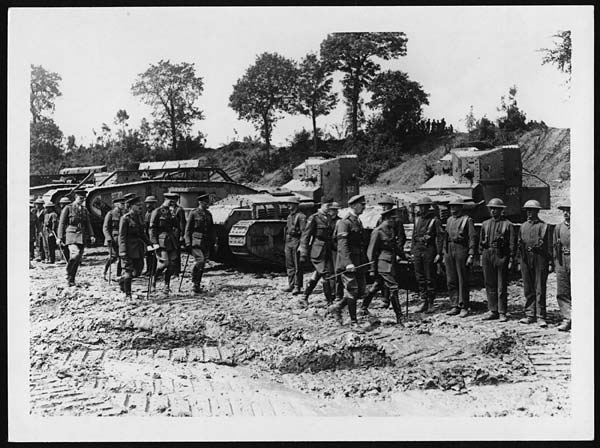
The tank was steered by varying the throttles on either side; decreasing the throttle on one side while increasing the throttle on the other would cause the tank to rotate. Balancing the throttle settings allowed straight, forward travel.
Steering was accomplished by the use of a conventional steering wheel attached to the throttle linkages, but drivers had to be very careful – spinning the wheel too quickly could stall one or both engines, leaving the tank helpless on the battlefield.
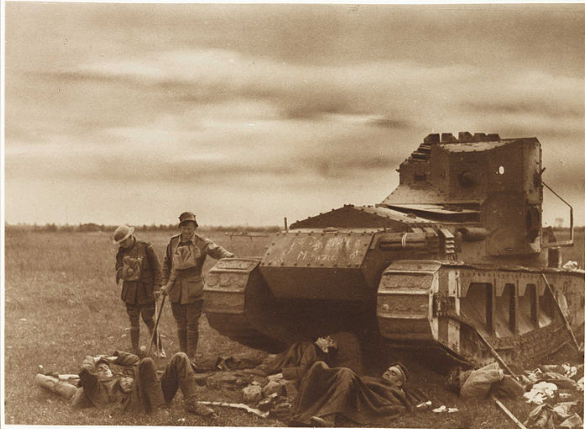
The Whippet tank first saw action in March 1918 during the German Spring offensive. Twelve Whippets of Third Battalion, the Tank Corps faced off against large numbers of advancing German infantry in the village of Colincamps, south of Arras. The infantry was routed in the engagement, and a number even surrendered to the tanks.
Most impressive of all, the 12 tanks were able to operate for more than 16 hours continuously without a single breakdown.
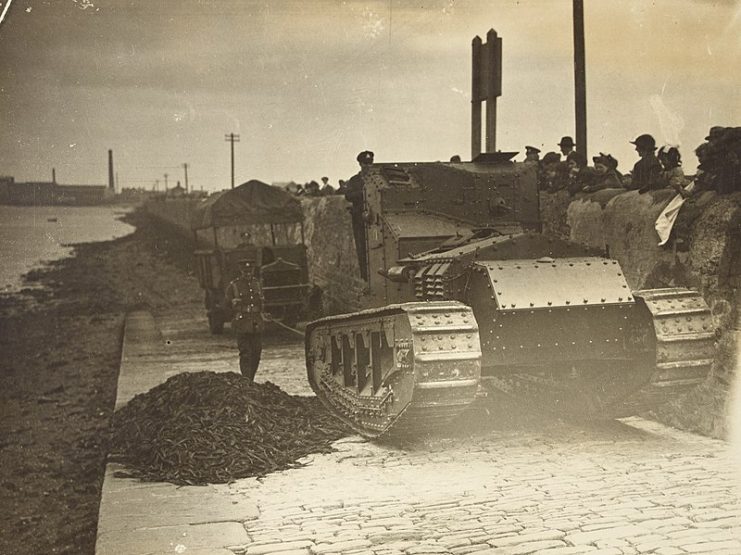
The German offensive was finally halted and, by August 1918, the Tank Corps was ready to take part in a massive attack on German lines near Amiens. At dawn on 8th August, 324 British heavy tanks supported by 96 Whippets attacked without a preliminary bombardment, achieving complete surprise.
The German front line was penetrated, and British tanks began to move forward into territory previously held by the Germans. General von Ludendorff later described 8th August 1918 as “the black day of the German Army.”
During the attack on Amiens, one Whippet tank caused mayhem behind German lines. Tank number 344, known by its crew as “Musical Box,” was part of the 6th Battalion of the Tank Corps. Musical Box took part in the initial massed attack but somehow became detached from the main force.
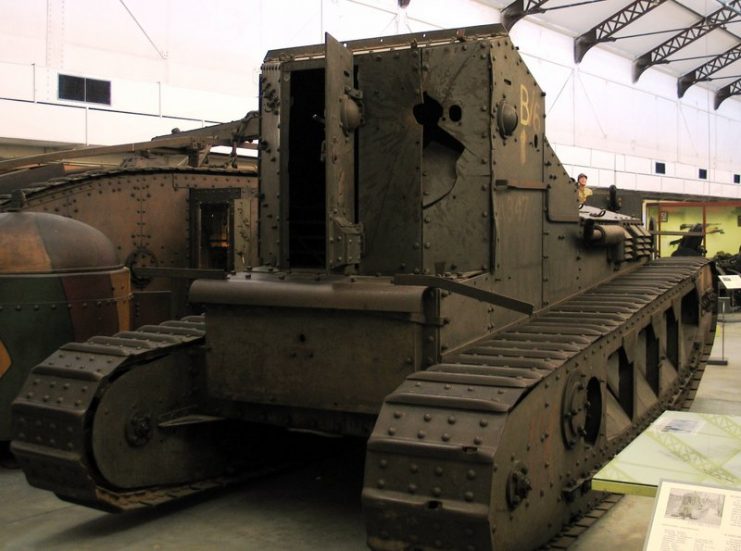
Under the command of Lieutenant Clement Arnold, the tank roamed behind the German front for more than nine hours, destroying an artillery battery which was holding up the advance and dispersing a whole battalion of infantry and a column of troops advancing to the front.
Finally, Musical Box was disabled by concentrated artillery fire. Conditions inside became so bad that the crew was forced to use respirators to be able to breathe. Then the tank was set on fire and as they bailed out, one of the crew was killed and the other two were taken prisoner.
The German army never recovered from the losses inflicted in August 1918 and, three months later, the war was over.
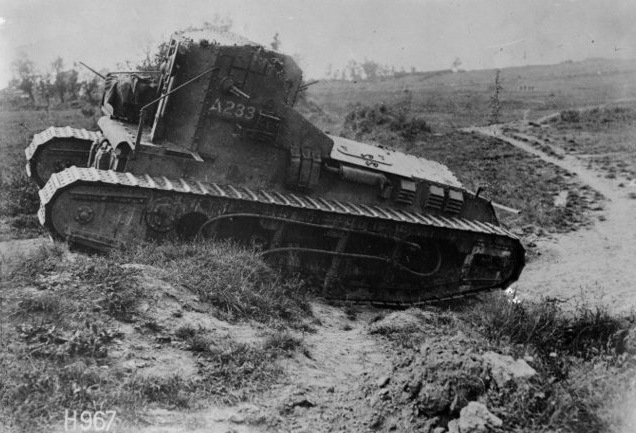
Around two hundred Whippets were produced in total, all assembled at the Wellington Foundry works of William Foster and Co. Ltd. In experiments soon after the war, a Whippet modified with crude suspension and a Rolls-Royce Eagle aircraft engine reached the astonishing top speed of 30 mph.
At least one captured Medium Tank Mark A was used by Germans during fighting as part of the German Revolution in 1918/19 and this was designated Beutepanzer A.
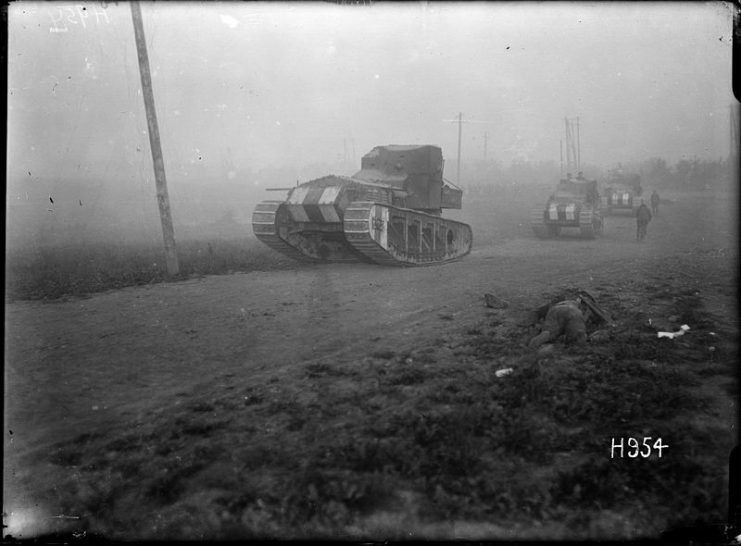
Thirty Whippets were sent to Russia to fight with White Russian forces against the Red Army in the early 1920s. Twelve were captured in running order and these were used by the Red Army up to the 1930s, with at least one being fitted with a short-barreled 37mm cannon in place of one of the machine guns.
Four of these tanks were exported to Japan in 1919 and these were armed with the Japanese Type 3 heavy machine gun. At least three are thought to have been used by the Imperial Japanese Army in north-eastern China in the early 1930s.
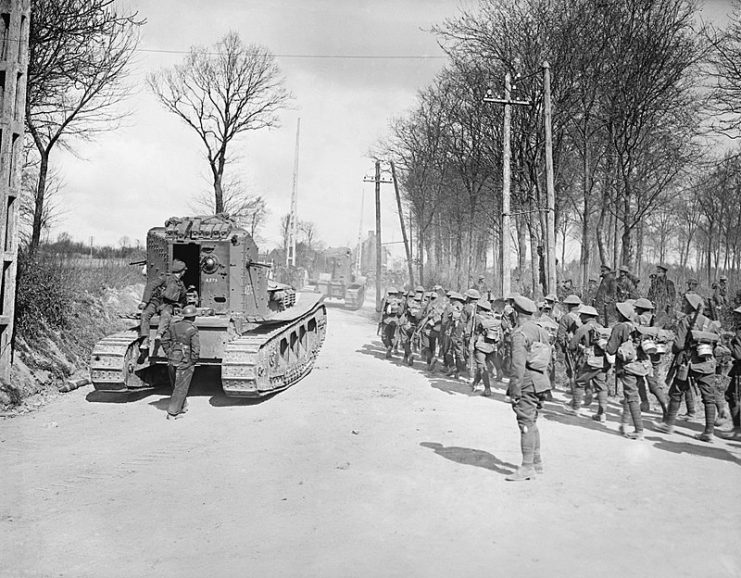
Read another story from us: 14 Early British Tanks – After “Little Willie” the Names Got Better
The very first British tanks were little more than (moderately) mobile strongpoints which could move only very slowly in support of infantry. The Medium Tank Mark A was one of the first attempts to produce a tank which was capable of replacing cavalry in the role of exploiting breakthroughs.
In that sense, the Whippet is worth remembering as one of the first combat vehicles specifically designed for the new concept of fast-moving armored warfare.
